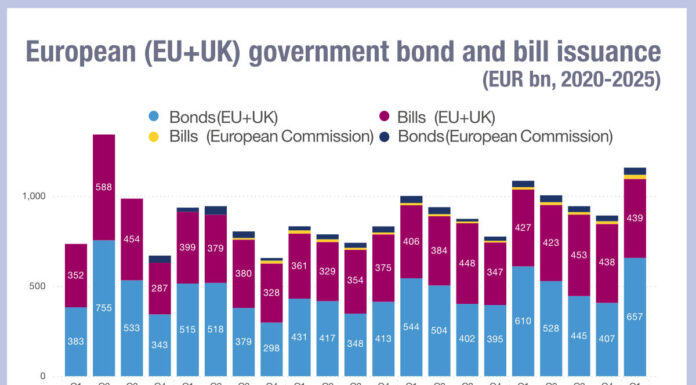Redhedge Asset Management, a Financial Conduct Authority (FCA) regulated investment manager, has opened its Synergy Total Return Fund to outside investors.
The Fund was launched to provide institutional clients with a “higher-octane product with a competitive risk and return profile” within the current investment environment. The fund will be managed by Andrea Seminara, CIO and CEO of Redhedge, Voon Kiat Lai, senior portfolio manager and the Redhedge Investment Team.
The fund will focus on European credit using both a qualitative and quantitative investment process to try and identify relative value opportunities. The fund aims to take advantage of medium to longer-term credit market dislocations and themes.
Year to date, the fund has reportedly returned 8.06% through the end of April 2023.

Andrea Seminara, CEO & CIO of Redhedge, says, “Fundamentally, we think that the investment environment going forwards will be very different from what we have been accustomed to in the past decade, where we saw ample liquidity and loose central bank policies effectively fuelling an equity and bond bull market. Now, with central banks having to fight high inflation amidst low or no growth, cracks within the financial markets are starting to appear, especially in certain sectors, such as financials or real estate, where there are funding stresses and asset-liability mismatches as well as geopolitical fragmentation. This could lead to a higher volatility and risk-premia environment, and we believe this will create opportunities that the Synergy fund is equipped to take advantage of.”
Voon Kiat Lai, senior portfolio manager, “We think there is a disconnect between the risks priced in-between risk assets, such as equities and credit, compared to the rates market and underlying macro fundamentals. We see potential for tail risks in the short to medium term, such as the US debt ceiling debacle, US regional bank failures, commercial real estate imbalances, recession risks or potential upside inflation shocks, all of which have the potential to introduce risk premium back into risk assets that are not currently priced in. We think investors are not being compensated to hold onto outright risk, and therefore, we think a relative value approach and cautious consideration of downside risks are essential in investor’s portfolio construction.”
©Markets Media Europe 2025






















